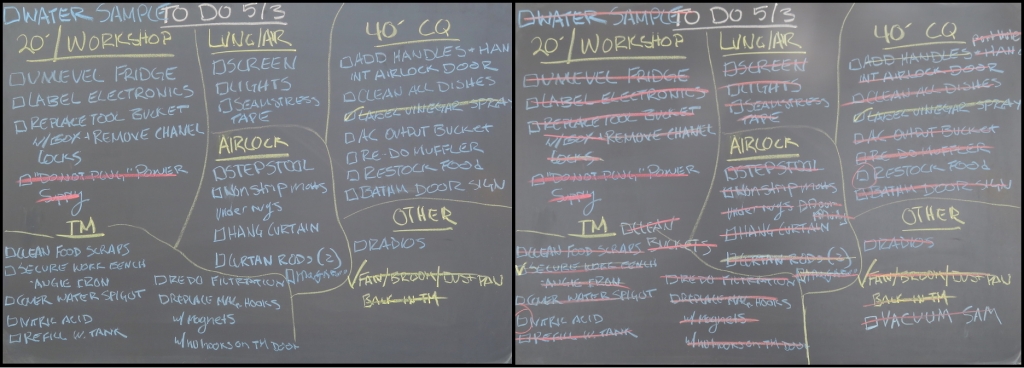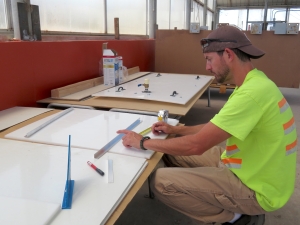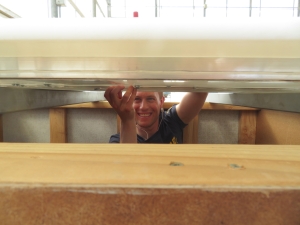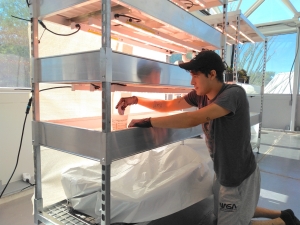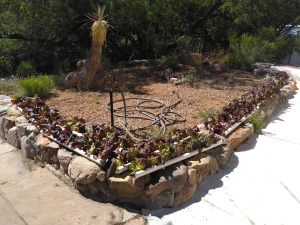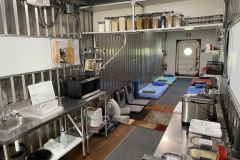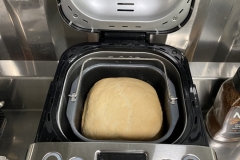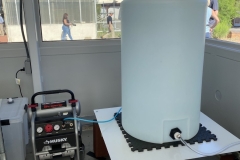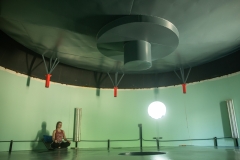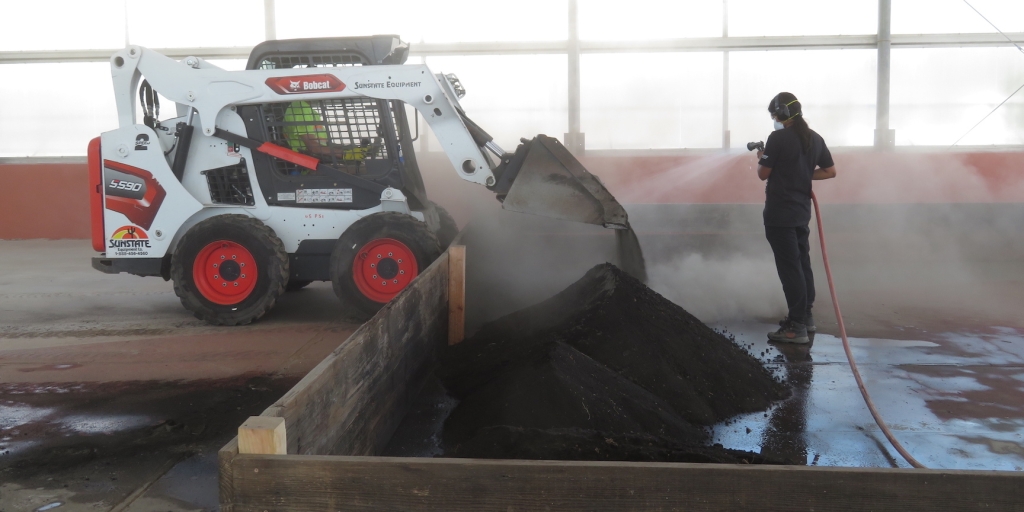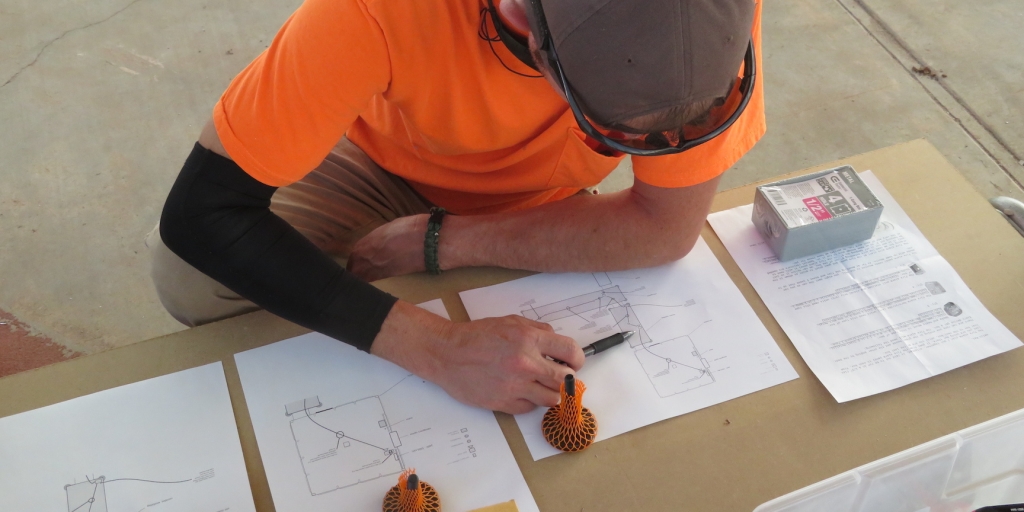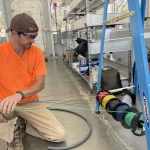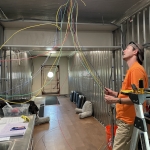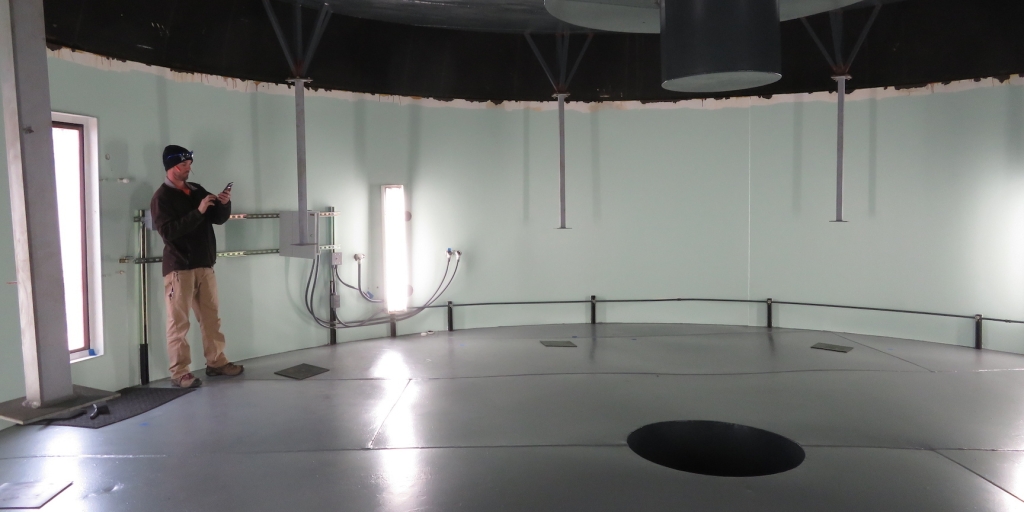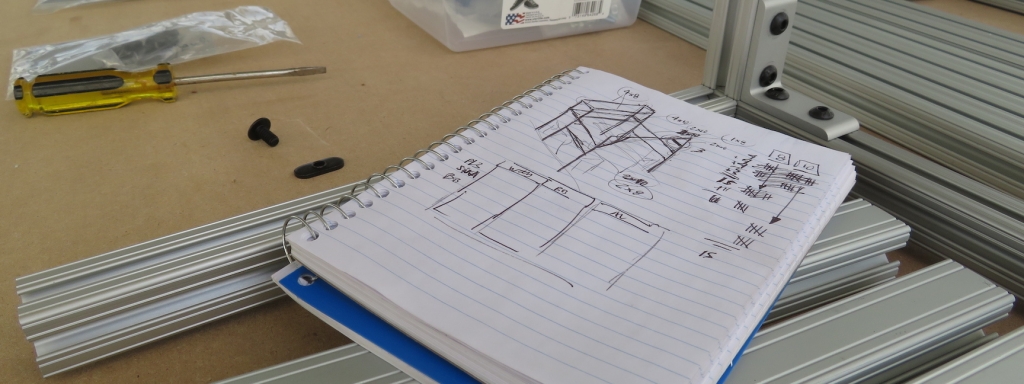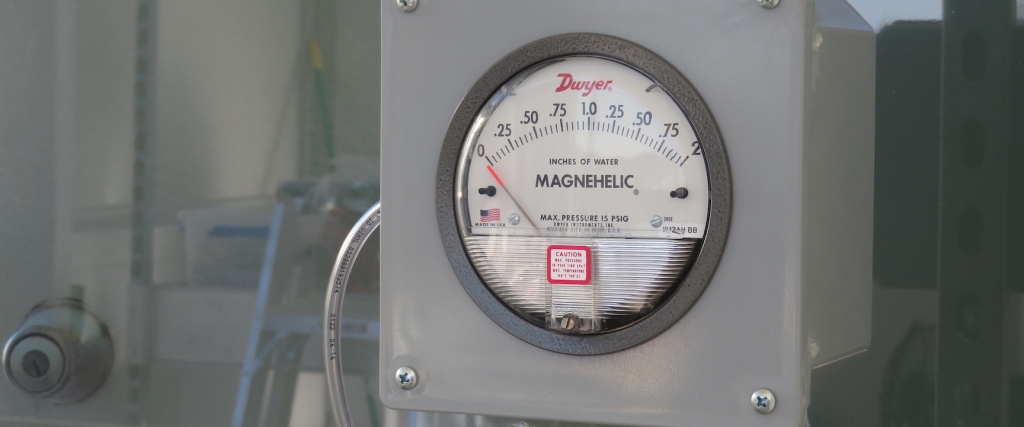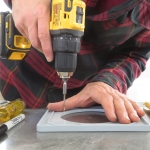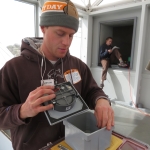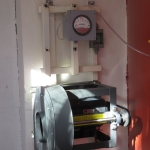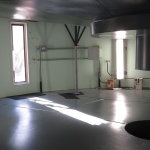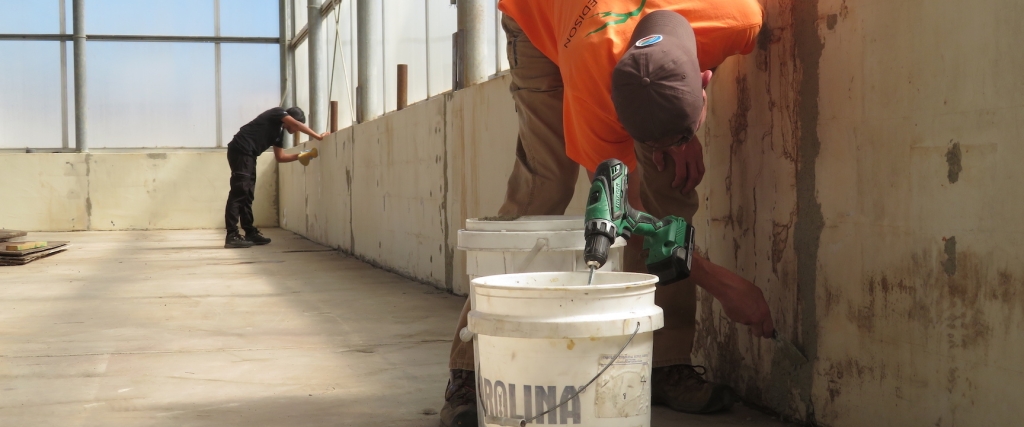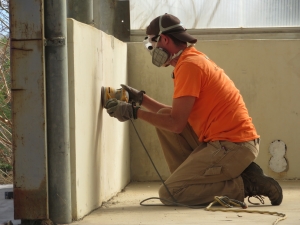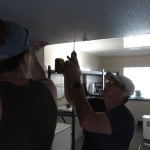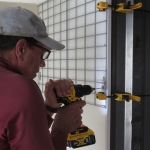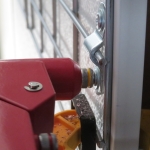A much needed break
The turtles that snip at the heals of the chipmunks that spin the wheels that wind the springs that drive the automatons to write the essays that accompany the photos taken by the unsung heroes of the Fourth Planet Revolution are, for what may feel like an eternity to you who wait patiently, taking a break.
Construction of the full Mars yard commences with the first week of June. However, updates to this forum will be shared a little less frequently than in the prior phase due to all efforts to slow the Earth’s rotation and thereby increase the productive hours in day having failed. As such, said heroes of the Revolution, automatons, chipmunks, and turtles will be unable to process, color correct, and publish associated photo essays in the course of these not-long-enough summer days.


